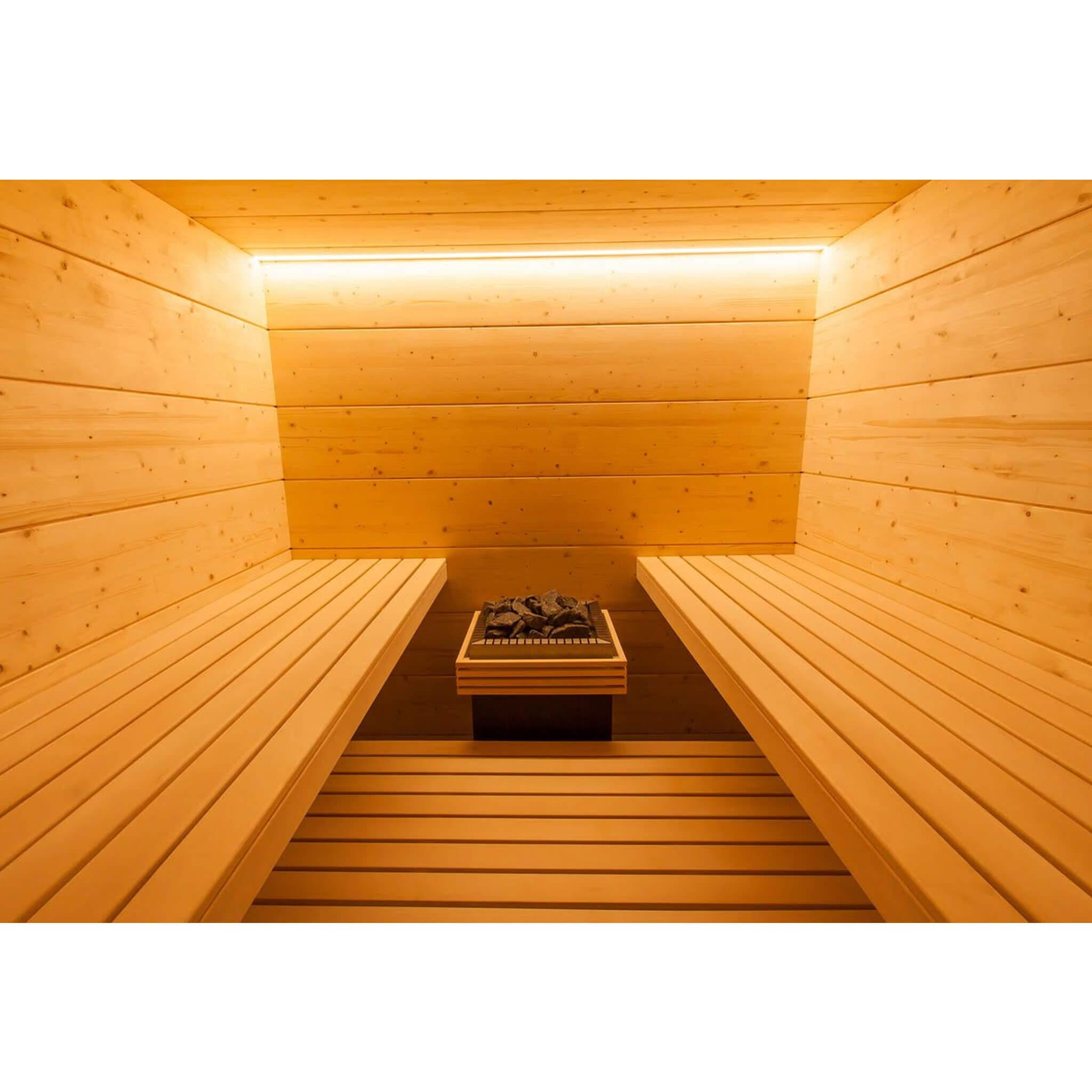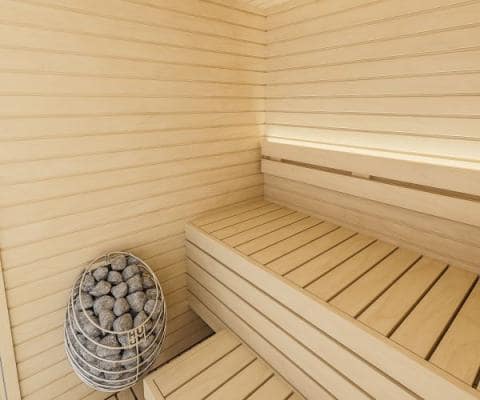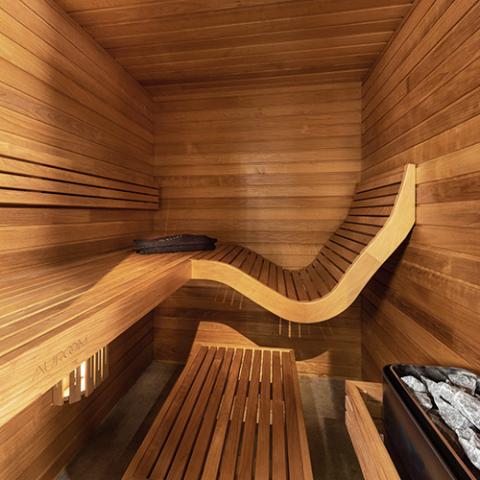Our Traditional Sauna PDFs
Our Traditional Sauna PDFs
Blog Article
Traditional Sauna Can Be Fun For Anyone
Table of ContentsSee This Report on Traditional SaunaThe Facts About Traditional Sauna Uncovered8 Easy Facts About Traditional Sauna DescribedExamine This Report about Traditional SaunaNot known Facts About Traditional Sauna
The majority of the weight shed in a sauna is water loss and is re-gained upon rehydrating. However, undoubtedly sauna can be an important component of a healthy fat burning program. To take a look at the differences between conventional and IR saunas, I will divide these right into proven, academic, and made distinctions.Therefore, the hottest point in the saunawhich is at the ceiling directly over the sauna heateris usually in between 185 and 190 F. Claims that a typical sauna exceeds 200 F is just not real and not applicable for electrical saunas marketed in the US. The temperature level for a far-infrared sauna is typically established in between 120 and 140 F; nonetheless, unlike the typical sauna, the goal in and IR area is not to accomplish a heat.

When a conventional sauna has been effectively heated up, the sauna walls are warm, the air temperature has accomplished established temperature and the rocks are extremely warmed. As an intriguing side note, the warmed walls and the rocks are emitting far-infrared heat, integrated with the warmed air, to create an "covering warm".
About Traditional Sauna
When the high temperature is accomplished, the elements cycle on and off to preserve the high temperature level. Many conventional sauna customers appreciate pouring water over the rocks to produce vapor to elevate sauna humidity degrees. The advantages of putting water over the rocks include: making the area more comfortable, dampening the nasal flows, and allowing the usage of aromatherapy by mixing crucial oils with the water.

When the power gets in the body, it creates the body temperature level to enhance and eventually leads to sweating. In an infrared sauna it is essential for the emitters/heaters to stay on virtually frequently. Since there is no mass link of rocks to retain heat, the sauna will cool if the emitters shut off.
The Best Strategy To Use For Traditional Sauna
As discussed above, the sauna bather in an infrared room desires to place himself in front of operating emitters to obtain maximum gain from the warmth. The heating time for the 2 areas can be very various, relying on exactly how the rooms are made use of. For a standard sauna, a bather ought to enable 30-40 mins for the room to attain a desired temperature level and to properly pre-heat the rocks.

A well constructed sauna will commonly accomplish a temperature level of 150-160 F in concerning 30-40 minutes. For hotter temperatures, the area may need to warm for a longer duration.
To some, 15 mins was "wasted" while the infrared energy heated the timber panels instead of warming a body, while others discover a pre-heated area to be more comfortable and believe a raised starting temperature level is necessary to begin perspiring. The length of suggested use for every space is around the very same (10-15 minutes per session); nonetheless, as a result of the reduced air temperature levels and the capacity to really feel the results of infrared warmth quicker than a typical sauna, it is not you could try these out uncommon for a person to spend a total of 20-30 minutes in an infrared sauna.
The Buzz on Traditional Sauna

The average expense per kWH of power in the U.S. is about $0.11, so a 4.5 kW heating system will set you back about $.50 to run for one hour, if the heating unit runs continually for one hour. Generally a sauna heating system will run for 75% of the initial hour and 50% of succeeding hours on given that the elements cycle once the set temperature level is accomplished.
A two person far-infrared area is generally literally smaller sized than a conventional sauna, frequently concerning 4' x 4' or smaller. The IR furnace is commonly 1.5-1.7 kW using a 120 volt 15 amp plug-in solution. Given that the space can be used earlier than a sauna area, we will certainly assume the room is used for to of an hour including warm up time.
There is a seldom discussed difference in the social experience in between the two spaces. While our society has actually shed a few of the social advantage of the typical sauna experience, it can be really socially rewarding (Traditional Sauna). From family time in the sauna, to heart-felt discussions with better halves, to sauna partiesthe standard useful content sauna experience can cause intimate interacting socially
Some Known Details About Traditional Sauna
The majority of higher end infrared rooms include tinted light therapy, noise systems and full-glass fronts.
Report this page